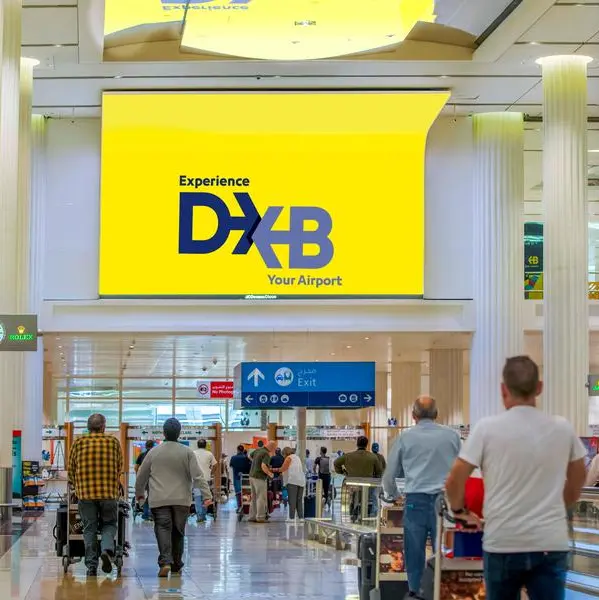PHOTO
LONDON - Despite the overwhelmingly bullish sentiment that still dominates talk about oil prices, the rally that started at the end of June 2017 seems to have run out of momentum.
Front-month Brent futures prices peaked in the final week of January and have since been on a gently declining trend.
Brent calendar spreads peaked even earlier in January and have also been gently softening for nearly two months now.
Prices and spreads are back to levels they first reached in the middle of December ensuring there has been no real increase for three months.
Hedge funds and other money managers remain overwhelmingly bullish, with a net long position in futures and options linked to Brent equivalent to 544 million barrels.
Hedge fund long positions in Brent outnumber short ones by a ratio of more than 14:1, suggesting most portfolio managers still believe prices will rise further in the short term.
But the net position also peaked in late January and has been slowly slipping since then, according to exchange data.
Gross long positions have declined from a record 643 million barrels on Jan. 23 to 585 million barrels on Feb. 27.
Hedge fund managers have been quietly liquidating some of their bullish long positions as prices have stopped rising.
In the oil market, actions speak louder than words, and fund managers have turned more cautious over the last six weeks.
The critical question is whether this is merely a pause, and the rally will resume shortly, or whether it marks a peak, at least temporarily.
Brent prices have averaged just over $67 per barrel so far in 2018, which is not far from the forecast of $65 predicted by energy professionals in a survey at the start of the year.
Recent news flow has been mixed, with oil consumption rising strongly, but production forecasts also being revised sharply higher.
OPEC leaders have reiterated their commitment to curb output throughout this year and seem to be preparing to toughen their five-year inventory target.
The organisation’s members, led by Saudi Arabia, appear to be informally targeting a price level above $70 per barrel in 2018.
But U.S. oil and liquids production is now forecast to grow by 2.0 million barrels per day (bpd) this year - an enormous upward revision from the 1.3 million bpd increase predicted in December.
The U.S. Energy Information Administration now forecasts total crude and liquids production will hit 18.4 million bpd by the end of 2018 ("Short-Term Energy Outlook", EIA, March 2018).
The forecast has been revised repeatedly upwards from the 17.2 million bpd predicted nine months ago when the rally started ("Short-Term Energy Outlook", EIA, June 2017).
In the circumstances, it is not obvious the next move in oil prices will be higher in the near term, and that caution has started to flow through into prices and fund manager positions.
(Editing by Edmund Blair) ((john.kemp@thomsonreuters.com; +44 207 542 9726 and on twitter https://twitter.com/JKempEnergy;))












